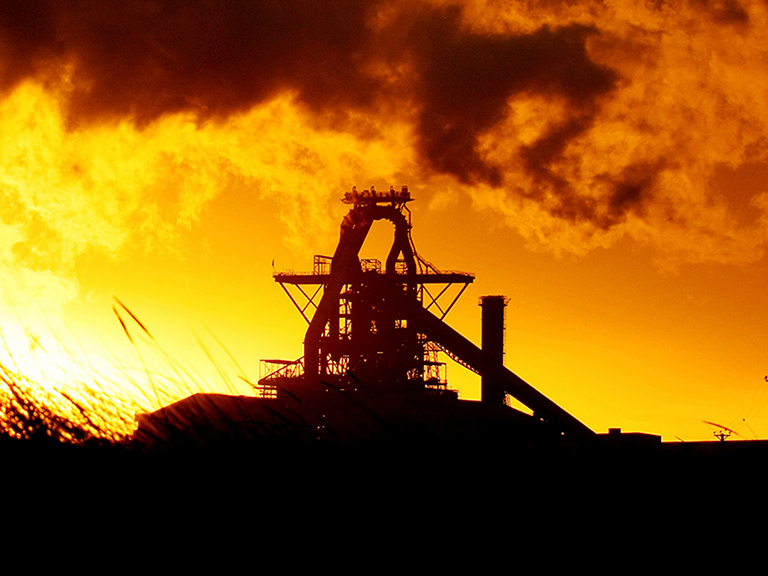
Net zero in our operations
Our ambition is to be net zero carbon emissions in our own operations and supply chain by 2030.
This means managing the emissions of more than 30,000,000 sq ft (equivalent to nearly 10,700 tennis courts) of offices, branches and data centres around the world, and those of close to 29,000 suppliers.
Minimising our environmental impact is nothing new for us. In 2012 we launched our Reduce programme, with ten ambitious goals for cutting carbon and waste, and using less energy, water and paper.
By the end of the programme, in 2020, we had exceeded – or stretched – nearly all of our targets.
Sustainability in our operations
See how we have performed against our 2030 targets. Click “Replay” on the graphics below.
We appreciate that the world has changed significantly in recent years. Although we had reached some of our goals already, Covid-19 affected our working patterns and reduced our footprint further.
We want to build on this momentum as the world reopens. By 2030 we will halve our travel emissions, along with our energy consumption, in comparison with pre-pandemic levels. We will continue to encourage hybrid working and use the best technology to connect our employees and customers.
Meanwhile, we are seeking new ways and new areas to further lessen our environmental impact over the coming decade. Check back here for fresh targets soon.

